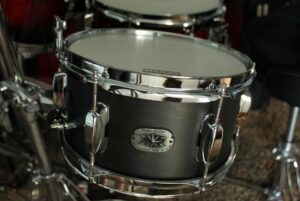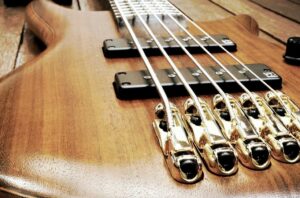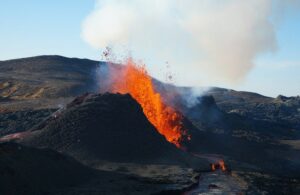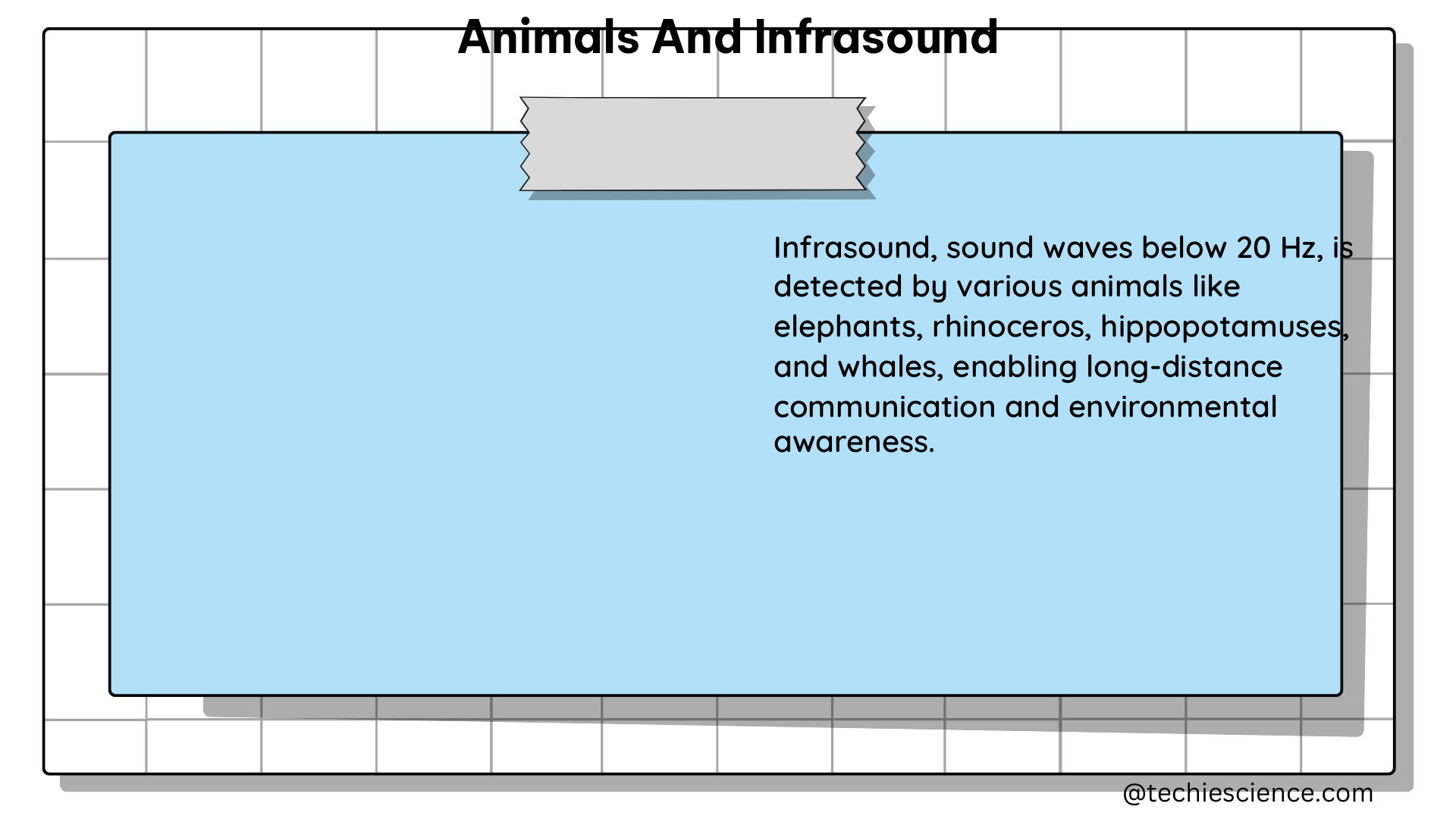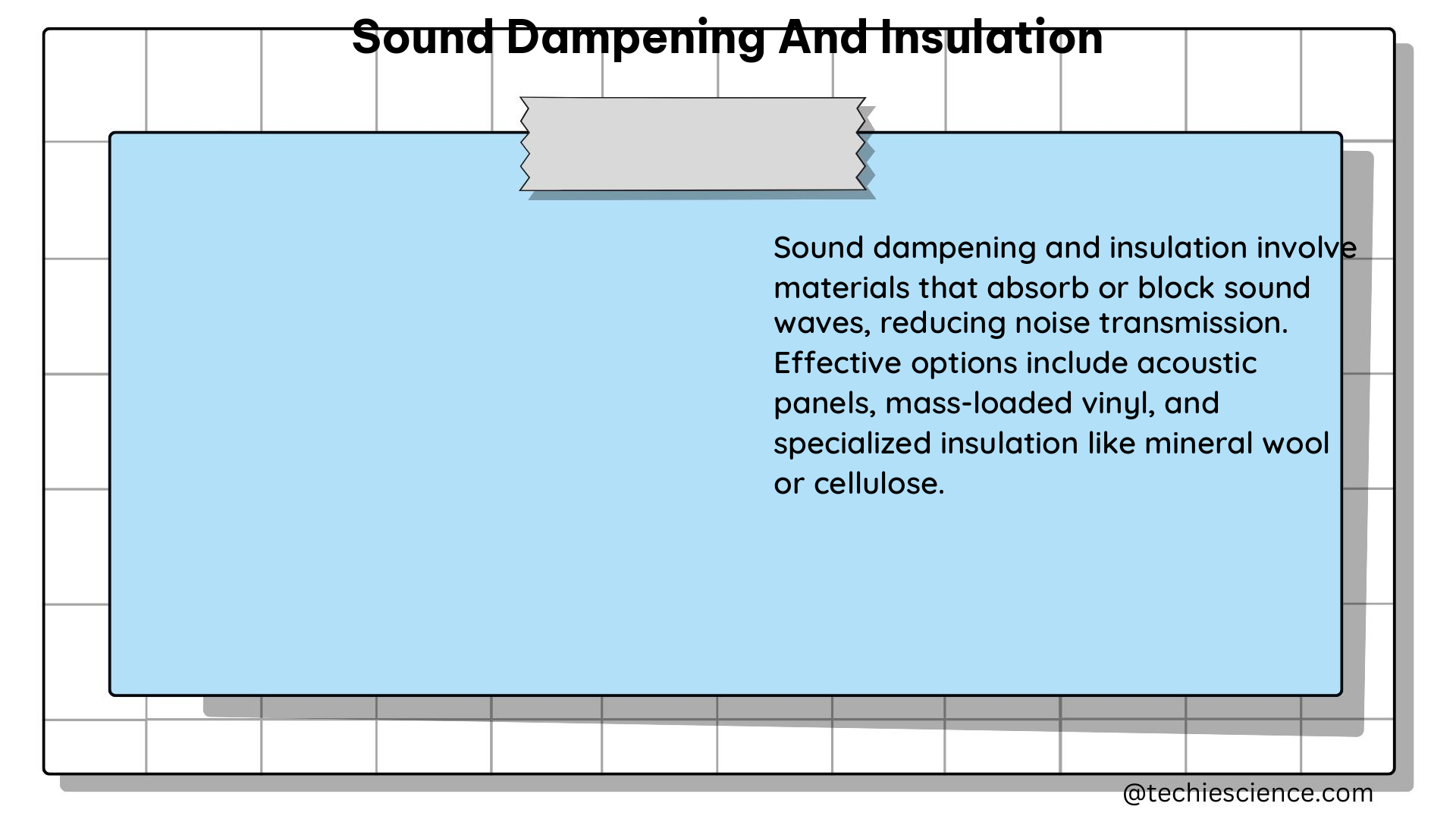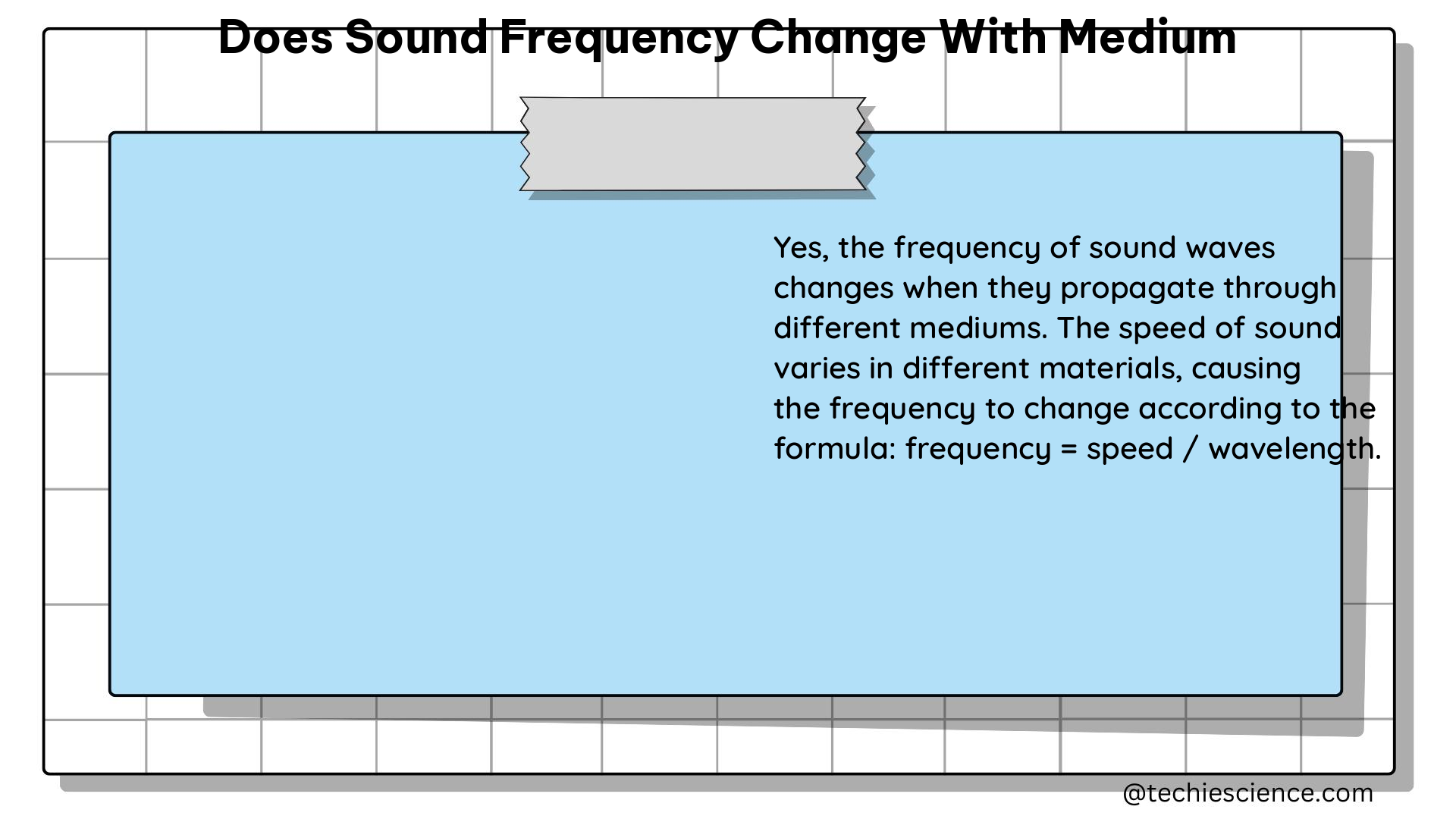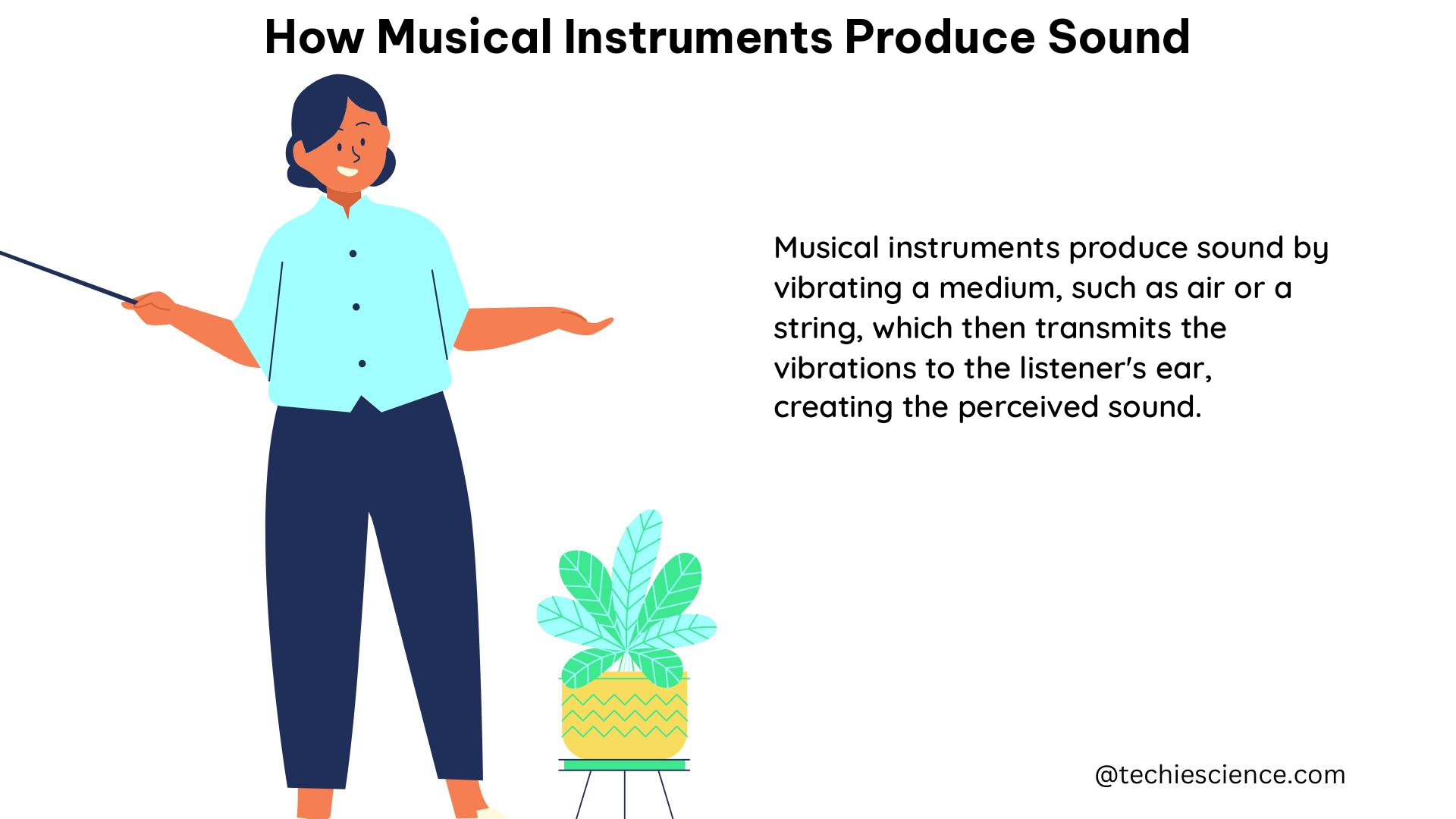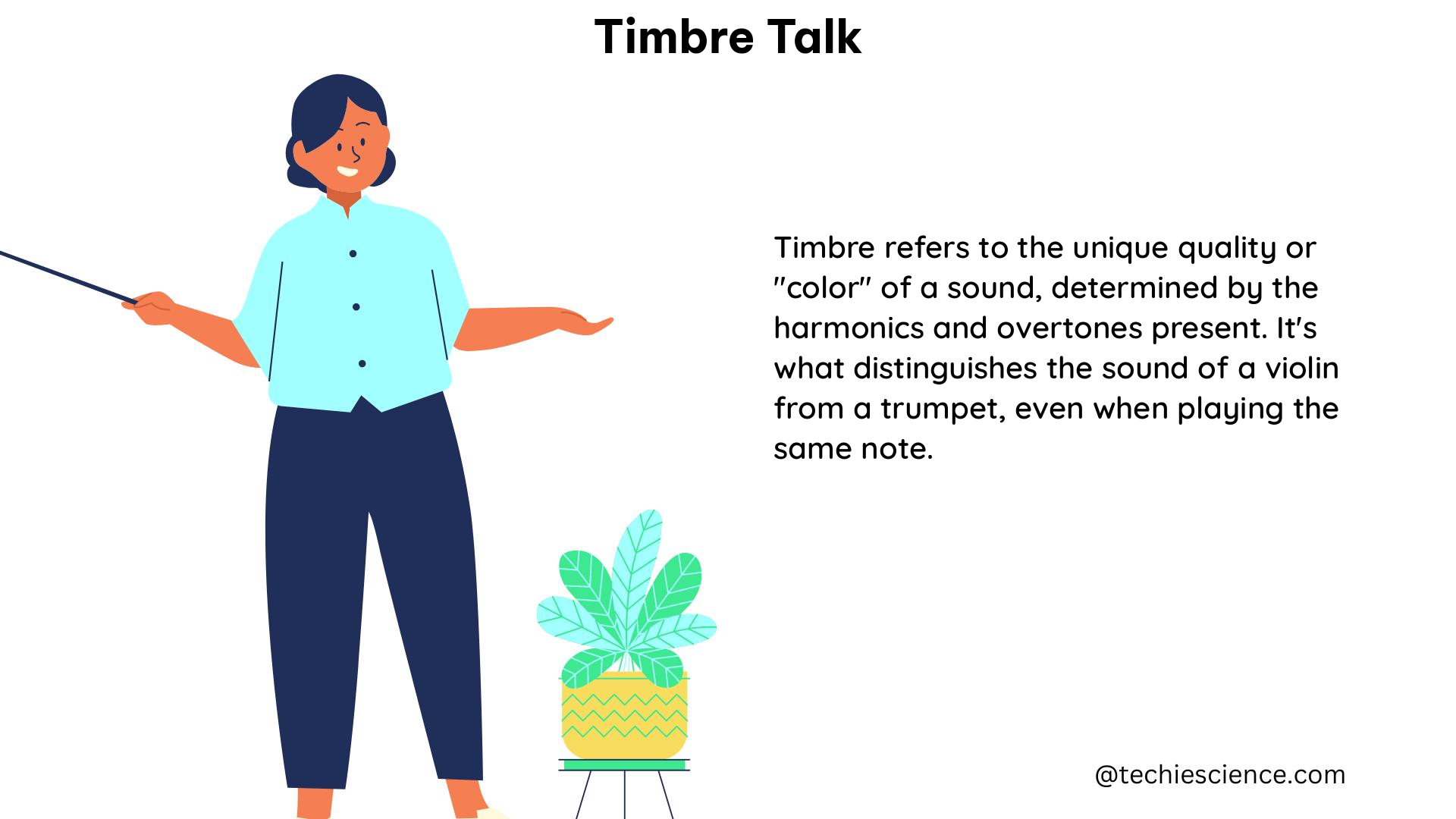In this article, we intend to discuss 11+ high pitch sound examples and their detailed explanation.
Sound is found to be characterized by a perceptual property, namely, pitch. Ordering of sound waves is basically done on the basis of pitch, achieved on a scale that is frequency related. Musical tones, in general, are said to possess an attribute, prime one of them being pitch which is nothing but the variable to define the highness or lowness of a sound.
High-frequency sound waves are found to be capable of generating a high-pitched sound. It can be categorized as a fast-vibrating sound.
Next, let us discuss about high-pitched sound examples.
High pitch sound examples
Nail scratching
The sound due to scratching a nail can be found anywhere but is not categorized as pure sound. They are a combination of a fundamental frequency rather than being a single frequency that appears to be unique. These high-pitched sounds are associated with waves of high frequencies. Exceptionally high-pitched sounds are produced by scratching a nail against any board. Therefore, nail scratching is one of the high pitch sound examples. High-frequency sound waves are found to be capable of generating a high-pitched sound. It can be categorized as a fast-vibrating sound.

Whistle
The sound due to a whistle can be found anywhere but is not categorized as pure sound. They are a combination of a fundamental frequency rather than being a single frequency that appears to be unique. These high-pitched sounds are associated with waves of high frequencies. Basically, high-pitched sounds are produced by a whistle. High-frequency sound waves are found to be capable of generating a high-pitched sound. It can be categorized as a fast-vibrating sound. Therefore, a whistle is one of the high pitch sound examples.
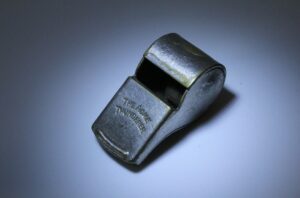
Shoe squeaking
The sound due to a shoe squeaking can be found anywhere but is not categorized as pure sound. They are a combination of a fundamental frequency rather than being a single frequency that appears to be unique. These high-pitched sounds are associated with waves of high frequencies. Basically, high-pitched sounds are produced by shoe squeaking. High-frequency sound waves are found to be capable of generating a high-pitched sound. It can be categorized as a fast-vibrating sound.

Birds chirping
The sound of birds chirping can be found anywhere. They are a combination of a fundamental frequency rather than being a single frequency that appears to be unique. These high-pitched sounds are associated with waves of high frequencies. Basically, high-pitched sounds are produced by birds chirping. High-frequency sound waves are found to be capable of generating a high-pitched sound. It can be categorized as a fast-vibrating sound.Therefore, it is one of the high pitch sound examples.

Babies crying
The sound of a crying baby can be found anywhere but is not categorized as pure sound. They are a combination of a fundamental frequency rather than being a single frequency that appears to be unique. These high-pitched sounds are associated with waves of high frequencies. High-frequency sound waves are found to be capable of generating a high-pitched sound. It can be categorized as a fast-vibrating sound. Basically, high-pitched sounds are produced by a crying baby.

Musical instruments
The sound due to a musical instrument such as an electric guitar, flute, trumpet, or a violin can be found anywhere but is not categorized as pure sound. They are a combination of a fundamental frequency rather than being a single frequency that appears to be unique. These high-pitched sounds are associated with waves of high frequencies. Basically, high-pitched sounds are produced by the above-mentioned musical instrument. Therefore, the musical instrument is one of the high pitch sound examples.
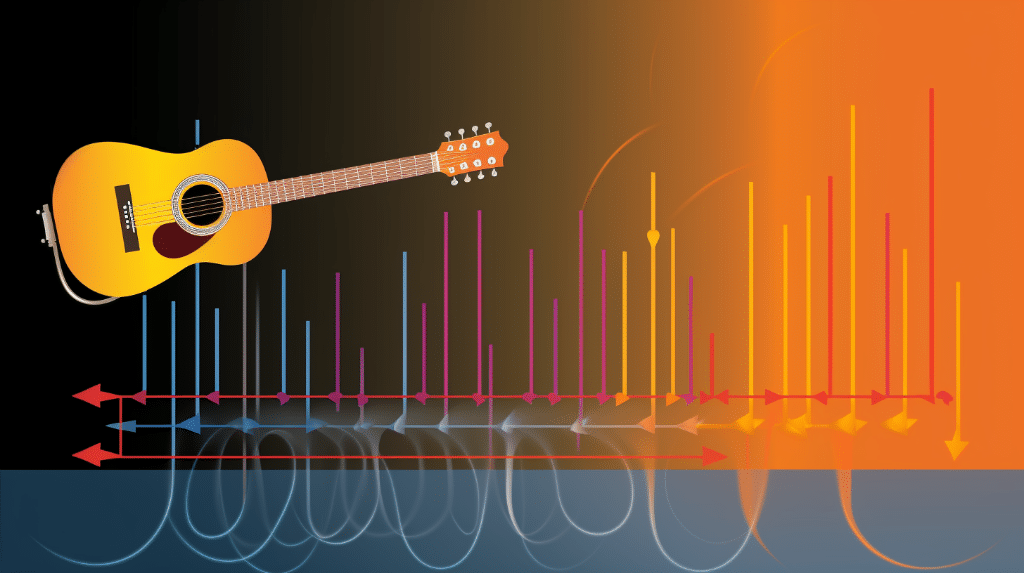
Sirens
High pitched are accompanied by imposing an alert when heard. This is why high-pitched sound-producing sirens are installed in trains and ambulances as they ensure some kind of emergency. It is basically a fast-vibrating sound .The sound due to a siren can be found anywhere but is not categorized as pure sound. They are a combination of a fundamental frequency rather than being a single frequency that appears to be unique. These high-pitched sounds are associated with waves of high frequencies. Basically, high-pitched sounds are produced by a train or ambulance siren. High-frequency sound waves are found to be capable of generating a high-pitched sound. It can be categorized as a fast-vibrating sound.
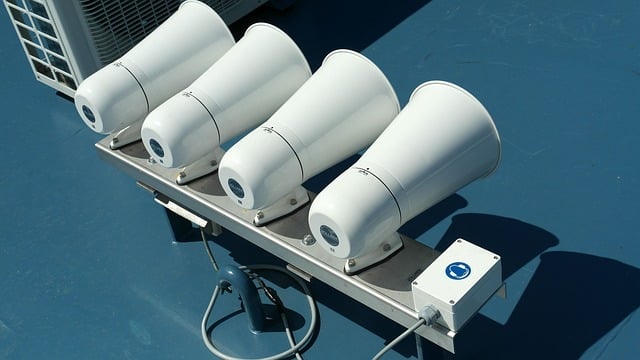
Sound of waves
The sound of waves can be considered to be one of the high-pitched sound examples. High-frequency sound waves are found to be capable of generating a high-pitched sound. It can be categorized as a fast-vibrating sound. The sound from waves in an ocean can be found anywhere but is not categorized as pure sounds. They are a combination of a fundamental frequency rather than being a single frequency that appears to be unique. These high-pitched sounds are associated with waves of high frequencies. Basically, high-pitched sounds are produced by a wave. Therefore, the sound produced by waves in the ocean is one of the high pitch sound examples.

Sounds in industries
The sound due to any industry like metallurgy, construction, wood, electronics, etc., can be found anywhere but is not categorized as pure sounds. They are a combination of a fundamental frequency rather than being a single frequency that appears to be unique. These high-pitched sounds are associated with waves of high frequencies i.e., high-frequency sound waves are found to be capable of generating a high-pitched sound. It can be categorized as a fast-vibrating sound Basically, high-pitched sounds are produced by manufacturing industries.
Bells
The sound due to a bell can be found anywhere but is not categorized as pure sound. They are a combination of a fundamental frequency rather than being a single frequency that appears to be unique. These high-pitched sounds are associated with waves of high frequencies i.e., high-frequency sound waves are found to be capable of generating a high-pitched sound. Basically, high-pitched sounds are produced by a bell. Therefore, a bell is one of the best high pitch sound examples.

Cat’s meowing
The sound due by a cat can be found anywhere. They are a combination of a fundamental frequency rather than being a single frequency that appears to be unique. These high-pitched sounds are associated with waves of high frequencies i.e., high-frequency sound waves are found to be capable of generating a high-pitched sound. Basically, high-pitched sounds are produced by a cat meowing.

Mouses squeal
The squealing sound of a mouse is also an example for a high-pitched sound and is a combination of a fundamental frequency rather than being a single frequency that appears to be unique. High-frequency sound waves are found to be capable of generating a high-pitched sound. It can be categorized as a fast-vibrating sound. Basically, high-pitched sounds are produced by a mouse.
Frequently asked questions| FAQs
What do you mean by a high pitch?
High pitch is a category into which sounds can be grouped.
We already know that vibrations constitute the sound and its transfer, the quality produced by these vibrations is termed pitch. Pitch has two probabilities one is high, and the other is low. The pitch basically relies upon the speed of the vibrations associated with the sound.
The high-pitched sounds are associated with faster vibrations when compared to normal sounds. High-frequency waves are believed to produce high-pitched sounds.
How can you explain loud and soft sounds?
Similar to pitch, hard and soft also characterize a sound.
A high-pitched sound can be both soft and loud based on the volume it has. i.e., If it has a high volume, it is considered a loud sound, and if it has a low volume, it is a soft sound.
Also Read:



